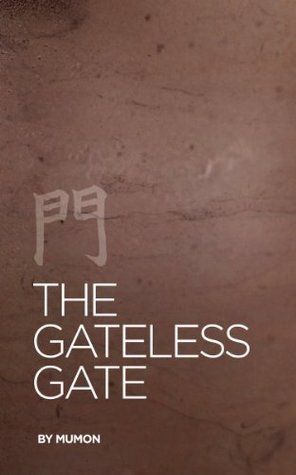What do you think?
Rate this book


66 pages, Kindle Edition
First published January 1, 1228
A monk asked Tozan when he was weighing some flax: “What is Buddha?” Tozan said: “This flax weighs three pounds.”In Zen Buddhism: Selected Writings of D. T. Suzuki, Suzuki devotes two pages of commentary on just the above koan and says this about koans generally:
WUMEN’S COMMENT: Old Tozan’s Zen is like a clam. The minute the shell opens you see the whole inside. However, I want to ask you: Do you see the real Tozan?
Three pounds of flax in front of your nose,
Close enough, and mind is still closer.
Whoever talks about affirmation and negation
Lives in the right and wrong region.
"Technically speaking, the koan given to the uninitiated is intended 'to destroy the root of life', 'to make the calculating mind die', 'to root out the entire mind that has been at work since eternity', etc. This may sound murderous, but the ultimate intent is to go beyond the limits of intellection[sic], and these limits can be crossed over only by exhausting oneself once for all, by using up all the psychic powers at one's command. Logic then turns to psychology, intellection into conation[sic] and intuition. What could not be solved on the plane of empirical consciousness is now transferred to the deeper recesses of the mind."Besides the Western philosophers, reading these koans also took me back to my childhood reading of Paul Sloane's lateral-thinking puzzles. Those books contained mental puzzles that, while having answers, required you to think in a way that defied any easy, straight-forward analysis. The lateral-thinking puzzles are hard, but the Zen koans are impossible because they intentionally have no actual way of being "solved." All I can say is that if you plan to really go into Zen the Rinzai way, this book will keep you busy long-enough to make you really decide if Zen Buddhism is for you.